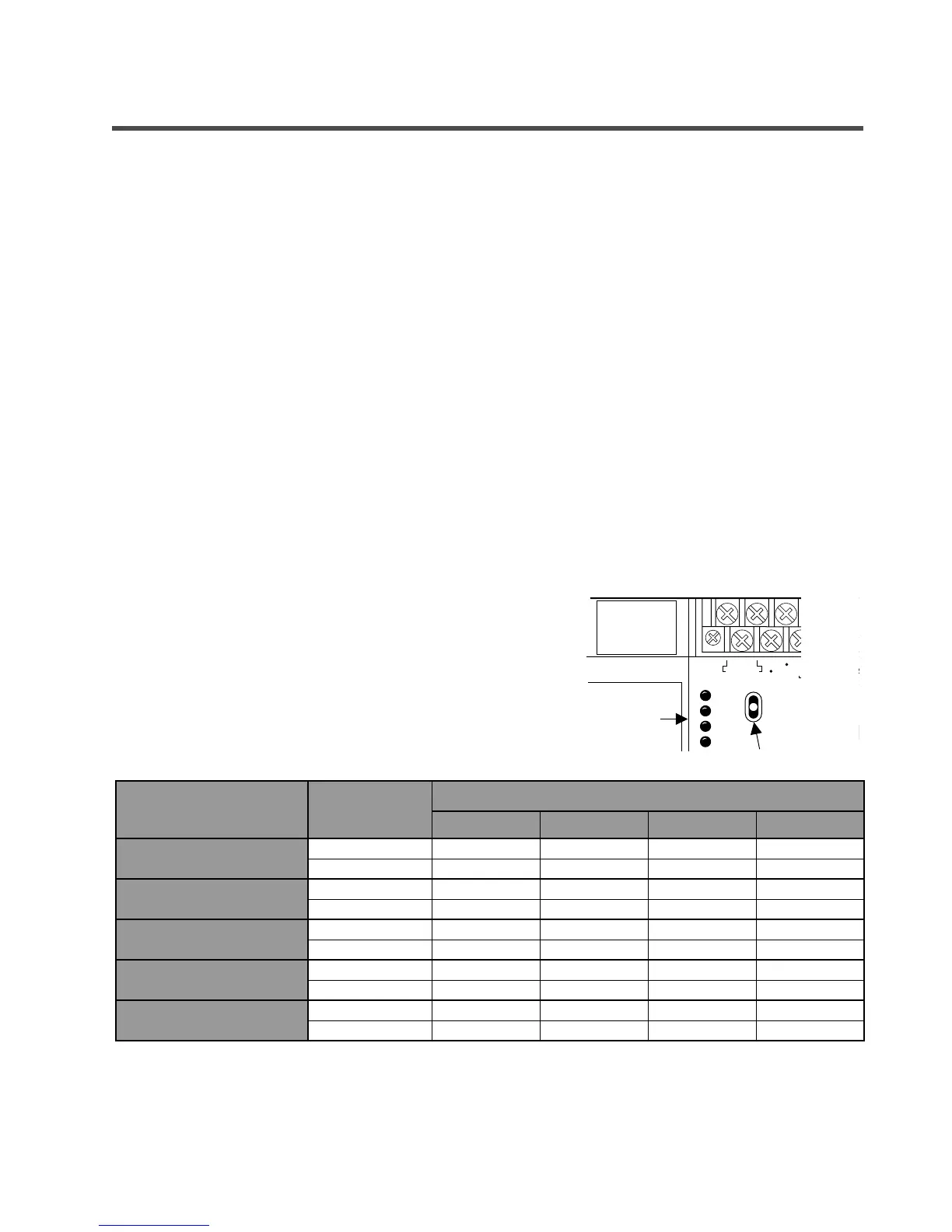202
7-1. Self-diagnostic Function
7-1. Self-diagnostic Function
FP1 programmable controllers use the self-diagnostic function when something goes wrong with the FP1.
The abnormalities detected by the self-diagnostic function are divided into three categories:
• Self-diagnostic error
This type of error is detected when the following occurs:
- Hardware problem in CPU or ROM, and backup battery problem. (ROM, system, interrupt, or battery abnormality)
- An instruction is incorrectly executed in RUN mode (operation error).
• Total-check error
This type of error is detected by a total-check operation when the following occurs. The total-check operation is
performed when the mode selector is changed from PROG. to RUN.
- Program abnormalities such as syntax errors, duplicated use of output, and instruction combination errors.
(syntax error, duplicated output error, not paired error, mismatch error, program area error, operand error)
The total-check operation can also be performed by using the FP Programmer II (OP9 function) or the NPST-GR
Software [“1.TOTALLY CHECK A PROGRAM” (menu 1) or “V.TOTALLY CHECK” (menu 2)].
• System watchdog timer error
This type of error is detected when the following occurs:
- program scan time is extraordinarily long
- hardware abnormality is detected
1. Operation Monitor LEDs When an Error Occurs
PROG.
PROG.
PROG.
PROG.
PROG.
PROG.
ERR.
F.G.
PROG.
PROG.
ERR.
